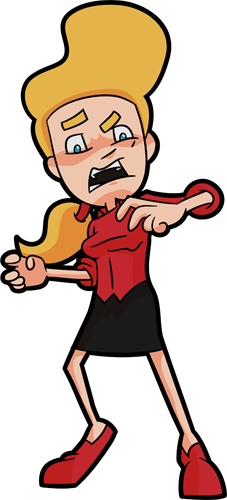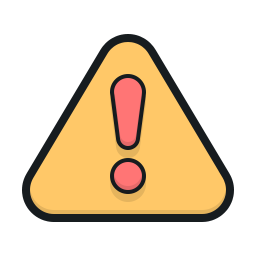Anxiety and Marijuana use | a 20 year study on Anxiety

 Nearly one-quarter of people with problematic marijuana use in early adulthood had anxiety disorders in childhood and late adolescence,
Nearly one-quarter of people with problematic marijuana use in early adulthood had anxiety disorders in childhood and late adolescence,
...according to a study published online in the Journal of the American Academy of Child and Adolescent Psychiatry.
The findings are based on results from a prospective 20-year cohort study that followed 1229 participants from western North Carolina from childhood through their early 30s. The study aimed to identify risk profiles linked with patterns of problematic cannabis use in early adulthood.
“Given that more states may be moving towards legalization of cannabis for medicinal and recreational purposes, this study raises attention about what we anticipate will be the fastest growing demographic of users—adults,” said lead author Sherika Hill, PhD, Duke University School of Medicine, Durham, NC.
“A lot of current interventions and policies in the United States are aimed at early adolescent users. We have to start thinking about how we are going to address problematic use that may arise in a growing population of older users.”
In the study, problematic marijuana use was defined as daily use or use that met diagnostic guidelines for addiction. More than 76% of the cohort did not meet criteria for problematic use during the college years (ages 19 to 21) or adulthood (ages 26 to 30).
Among participants who did meet problematic use criteria, researchers identified 3 groups: limited users (13% of all participants) whose habits dropped off as they aged; persistent users (7%) whose chronic use continued into their late 20s and early 30s; and delayed users (4%) who did not demonstrate problematic use in adolescence and early adulthood but who became habitual users between ages 26 and 30.
Limited users tended to show the highest levels of family conflict and instability during childhood, the study found.
“When this group of children left home, they seemed to do better,” Dr. Hill said. “They didn’t have as many children at a young age, and they went further in their education when they were 19 to 21 compared to those with persistent and delayed profiles.” Particularly large portions of persistent users had anxiety disorders in childhood (27%) and during the college years (23%). This group also had the highest rates of psychiatric disorders and involvement in the criminal justice system.
Particularly large portions of persistent users had anxiety disorders in childhood (27%) and during the college years (23%). This group also had the highest rates of psychiatric disorders and involvement in the criminal justice system.
“This suggests that a focus on mental health and well-being could go a long way to prevent the most problematic use,” said Dr. Hill. More than half of delayed users experienced bullying by peers and caregiver mistreatment as children, according to the study.
“What we don't yet understand is how childhood maltreatment didn’t prompt earlier problematic use of cannabis between ages 19 and 21 — how individuals could be resilient to that kind of adverse experience for so long,” Dr. Hill said. “One theory is that they were somewhat protected by having fewer peers in late adolescence who were substance users, but this is one of the questions we will continue to seek answers for.”


